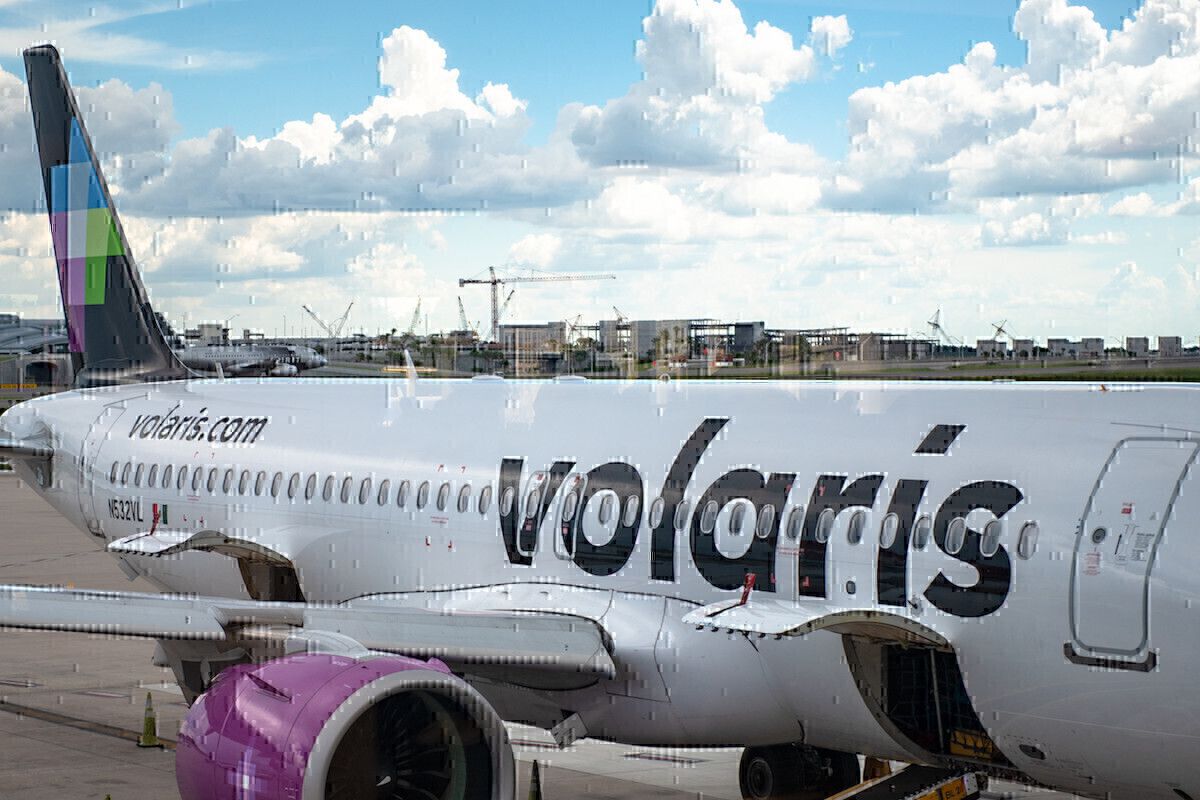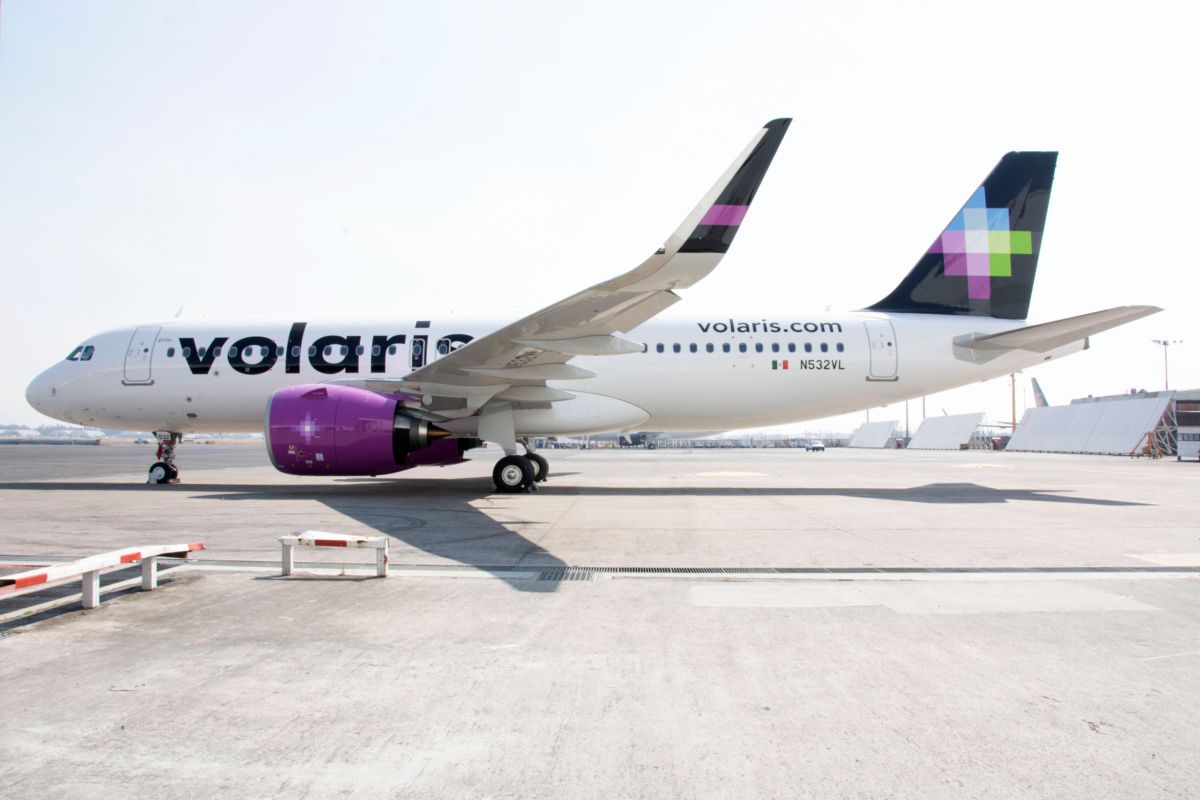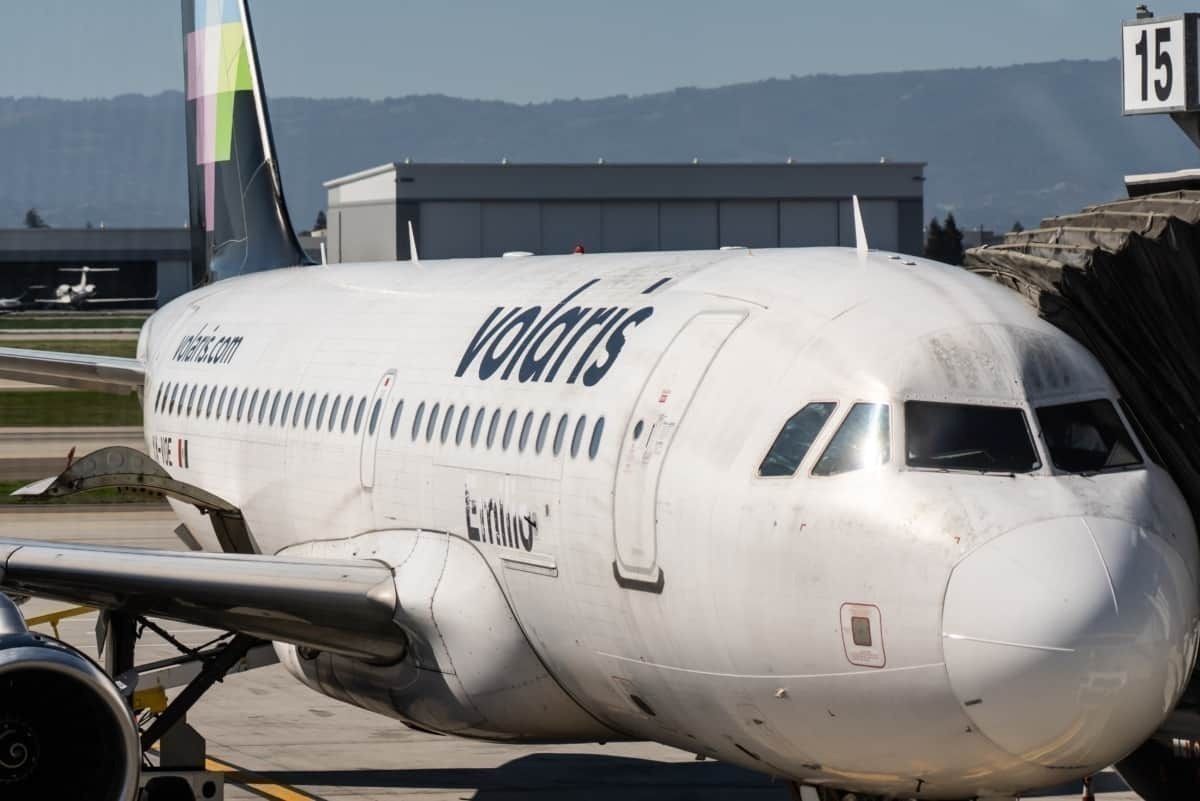The Mexican low-cost carrier Volaris is looking for 3.5 billion pesos (approximately US$165 million) to enhance its liquidity. To do it, Volaris summoned up an extraordinary general shareholders meeting to be held on September 18. What does this mean for the airline? Let’s investigate further.
Why does Volaris need US$165 million?
Last week, we published that Volaris is having a V-shaped recovery in Mexico. The low-cost carrier went from having 151,000 domestic passengers in May to over one million by August (it constantly had over one million domestic passengers before the pandemic). Nevertheless, an actual recovery doesn’t depend only on the number of passengers that are on board. The airline still needs to have stable finances.
For the most part, Volaris has stable finances. It ended the first half of 2020 with cash and cash equivalents of US$436 million while burning only US$17 million between the first and second quarters.
Still, Volaris had a net loss of US$137 million in the first half of 2020, due to the COVID-19 pandemic. Its passenger revenues fell 40.2%, while its non-passenger revenues held better with a decrease of 16.5%.
“Therefore, Volaris is evaluating different financing alternatives and is requesting shareholder approval for the issuance of new shares that can be used to raise capital,” said the carrier in a statement seen by Simple Flying.
Is the airline in trouble?
According to a recent study made by Ishka and OAG, Volaris has a high financial risk profile. This grade was given because it has had moderate support available. That doesn’t mean the airline is in trouble.
To recover from the current pandemic, airlines must balance demand, fleet size, yields, liquidity preservation, expenses, etc. In Mexico, Volaris and Viva Aerobus are in the driver’s seat to achieve a good recovery. Both low-cost carriers are taking advantage of the crisis Aeromexico and Interjet are having. They have had an aggressive approach to the pandemic, launching routes, and receiving new airplanes. By August, Volaris already had resumed operations in 95% of the airports it flew before the pandemic.
So, the objective of raising more capital is to have a “significant competitive advantage,” said Volaris. The US$165 million will give “greater financial flexibility” and capitalize on opportunities in the aviation market.
What can we expect of Volaris going forward?
As we said, Volaris has received new airplanes in the past months. That doesn’t mean it expects to increase its fleet. The company plans to upgauge its fleet: increasing the number of seats while maintaining the same number of planes.
According to a company update, Volaris expects to end 2020 with 87 airplanes and reduce this number to 83 by 2023. To do it, Volaris agreed on a deferral of 24 aircraft with Airbus into 2027 and 2028 and postponed US$200 million in pre-delivery payments.
It has also closed its commercial operations in Central America. Volaris doesn’t have a date to reopen its base in Costa Rica.
But the most surprising balancing act of Volaris has been its network. During the second quarter of 2020, at the height of the COVID crisis, it operated at 23% of its capacity. By July, Volaris increased it to 64% and by September is at 75%.
It offered services from 62 airports (41 domestic and 21 international) on 141 routes and had over 280 daily flights in August. Enrique Beltranena, Volaris’ CEO, said,
“The company will remain placed at the head of the runway. Our focus is on taking-off and ramping up the business, getting back customers’ demand, and (having) a recovery on ASM productivity.”
What do you expect of Volaris’ 3Q results? Let us know in the comments.



